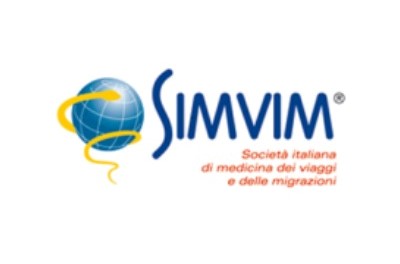The HPV vaccine has been shown to have an excellent efficacy and tolerability profile and is the only one to protect against some forms of cancer. Protect yourself and your partner in a safe, simple way.
Vaccine trade name
The nonavalent (9vHPV) vaccine was compared to the quadrivalent vaccine (4vHPV).
Gardasil 9 demonstrated 96.3% efficacy in reducing the incidence of CIN 2-3 caused by HPV types 31/33/45/52/58 and 95.7% in reducing the incidence of persistent HPV infection by the same types.
Participants in the nonavalent (9-in-1) vaccine seropositivity study showed equivalent antibody titres for strains 6-16-11-18 compared to those who received the quadrivalent (4-in-1) vaccine.
It has been estimated that switching from the bivalent (2-in-1) and quadrivalent vaccine (previous anti-HPV vaccines) to the current nonovalent vaccine would increase the prevention of cervical cancer from 66.2% to 90%.
Vaccination with the nonovalent (9vHPV) vaccine has been the only available option in the United States since 2016.
To achieve primary immunisation, it is necessary to complete the vaccination cycle, which includes the administration of 3 doses, with the second dose 2 months after the first and the third dose 6 months after the second dose (estimated schedule for subjects aged 15 years or older).
The vaccine has been shown to be highly immunogenic, with the potential to prevent an additional 18.3-20% of cervical cancers, and remains the only vaccine offering protection against five other high-risk HPV types (HPV 31/33/45/52/58) that cause cervical cancers. There is no protection against these strains by the previously developed bivalent or quadrivalent vaccines. vaccine offering protection against five other high-risk HPV types (HPV 31/33/45/52/58) that cause cervical cancers. There is no protection against these strains by the previously developed bivalent or quadrivalent vaccines.
The Center for Disease Control and Prevention (CDC) Advisory Committee for Immunization Practices (ACIP) recommended that vaccination be administered at the age of 11 to 12 to boys and girls who have not been previously vaccinated, before they turn 26. This is because the virus is often contracted in early adolescence, even in the absence of complete sexual intercourse; therefore, the ideal period for vaccination is preadolescence.
The preventive effectiveness of Gardasil has been assessed in over 25 thousand women in 33 countries on the five continents, with several Italian institutions also contributing to the study. However, there has been no evidence of equally significant efficacy when the infection is already in progress, limiting (in part) the indication to infection prevention.According to some authors (Bosch et al. 2015), universal vaccination, together with the use of the nonavalent vaccine, could lead to the elimination of almost all HPV-related diseases in a few decades.
Method of administration
It is administered intramuscularly.
side effects and contraindications
The most frequently reported adverse reactions are: pain, redness and induration at the injection site, malaise, fever, headache, nausea.
The administration of the vaccine should be postponed in subjects suffering from acute febrile infections.
Contraindications to the HPV vaccine are hypersensitivity to one of the active ingredients, to any of the excipients.
If you are pregnant or breastfeeding, vaccination should be postponed due to a lack of scientific studies.








